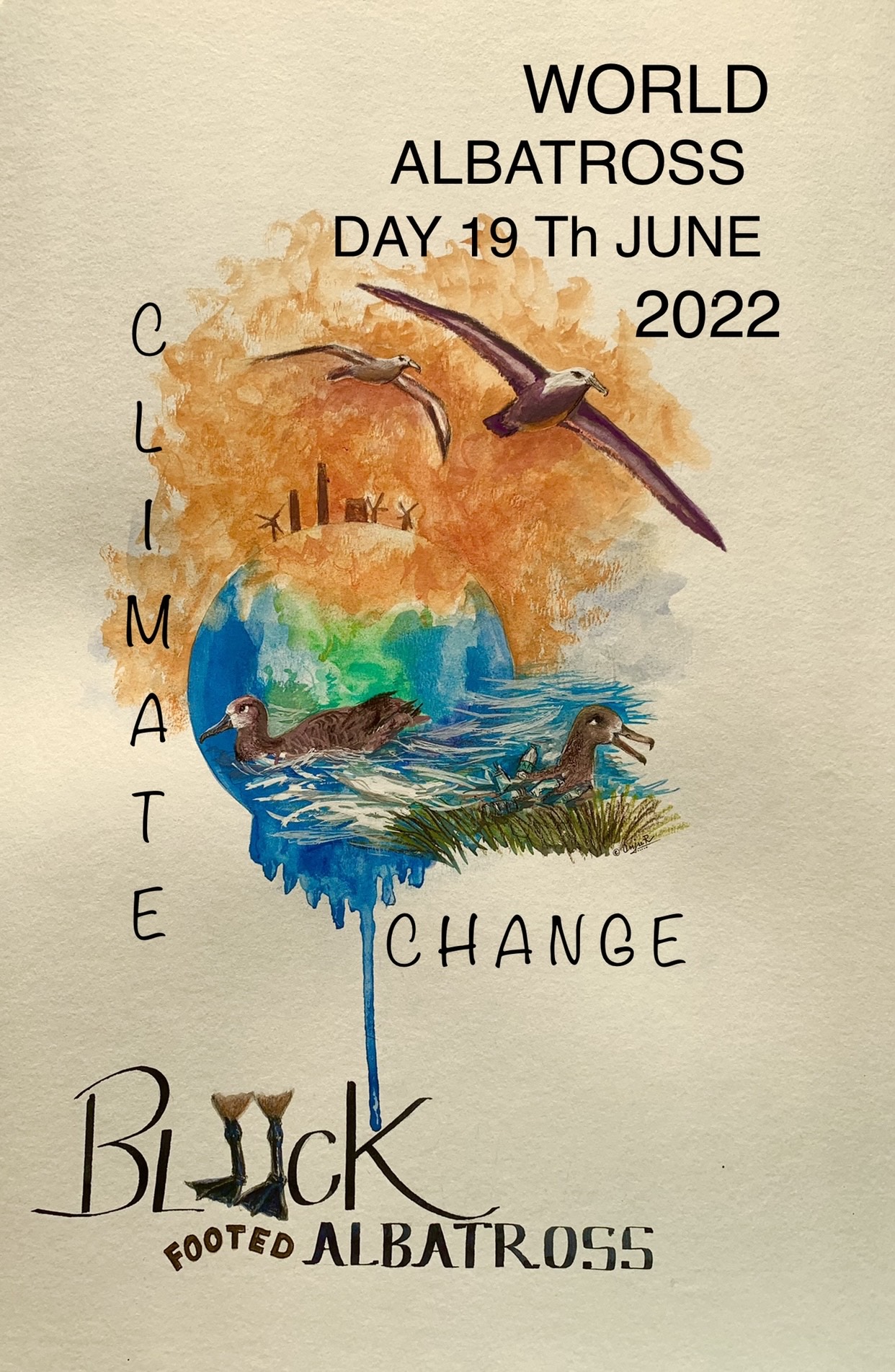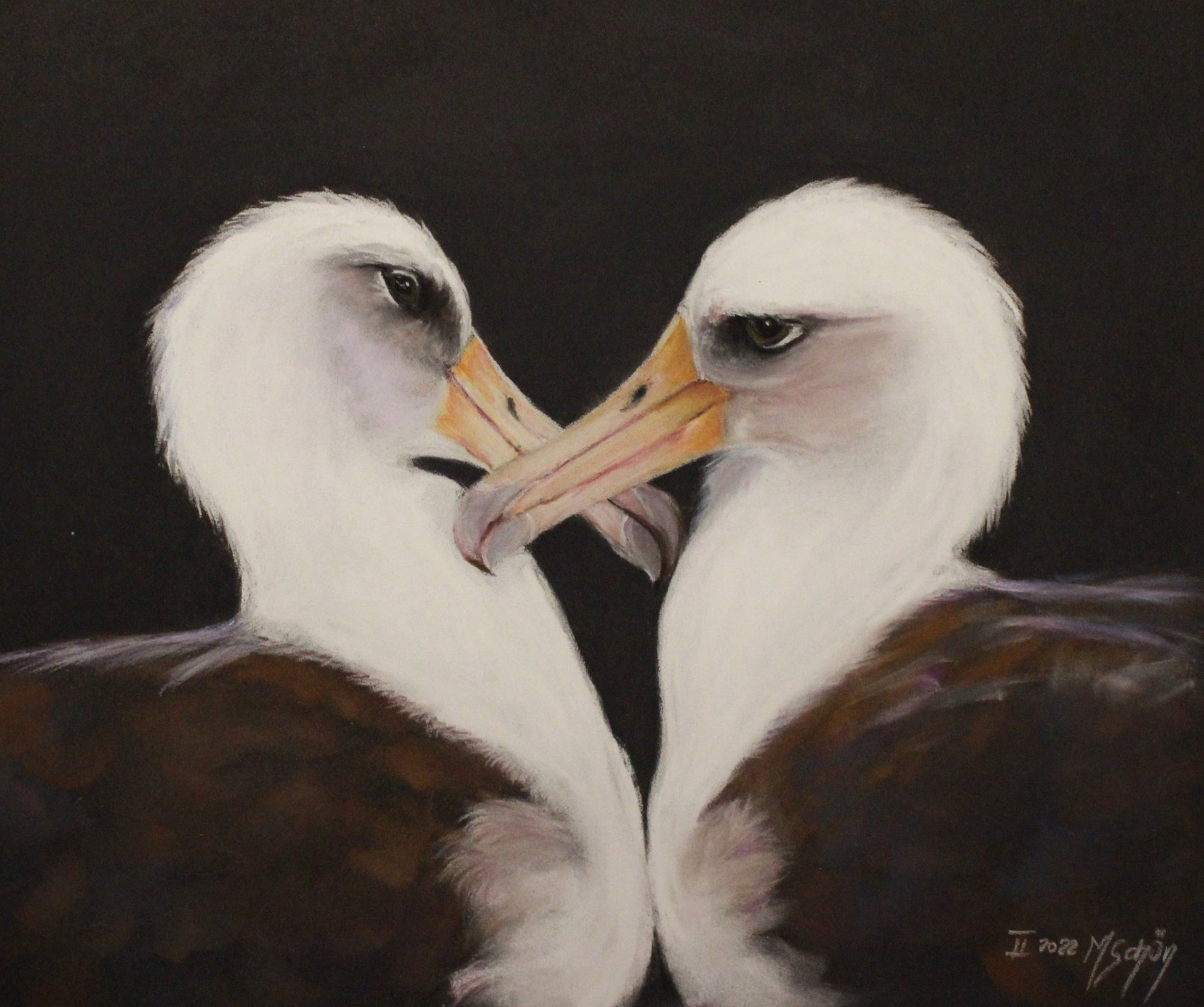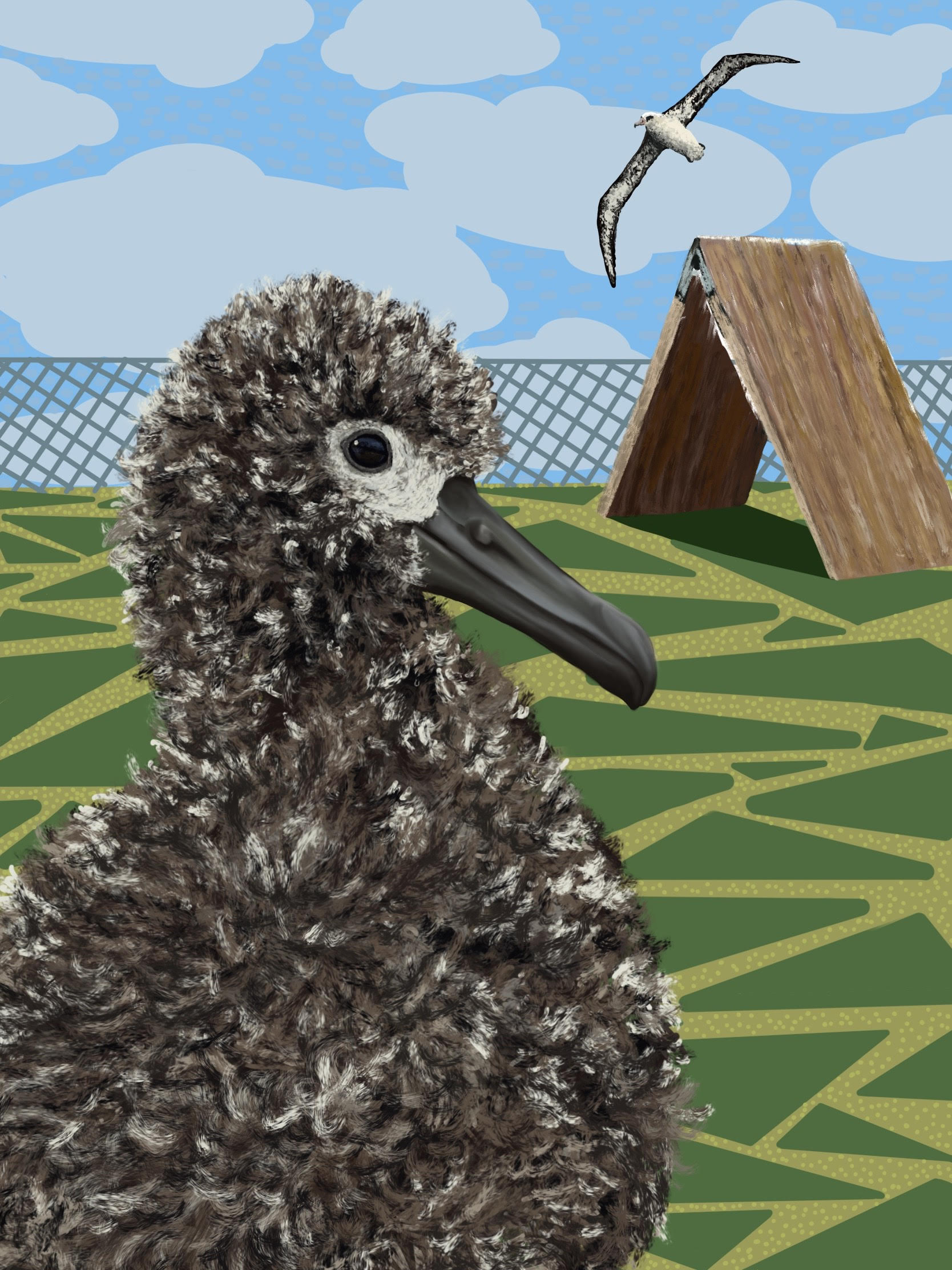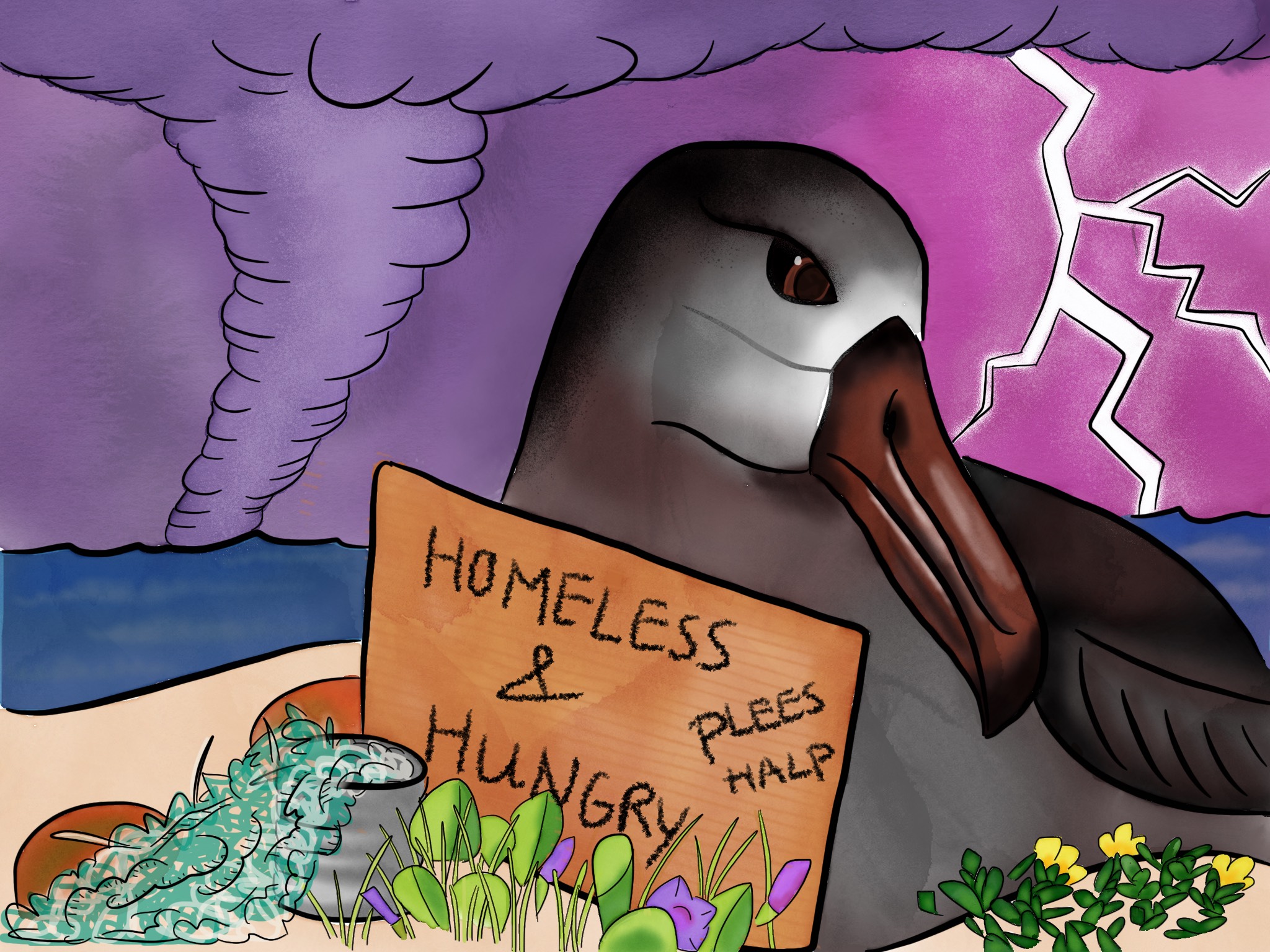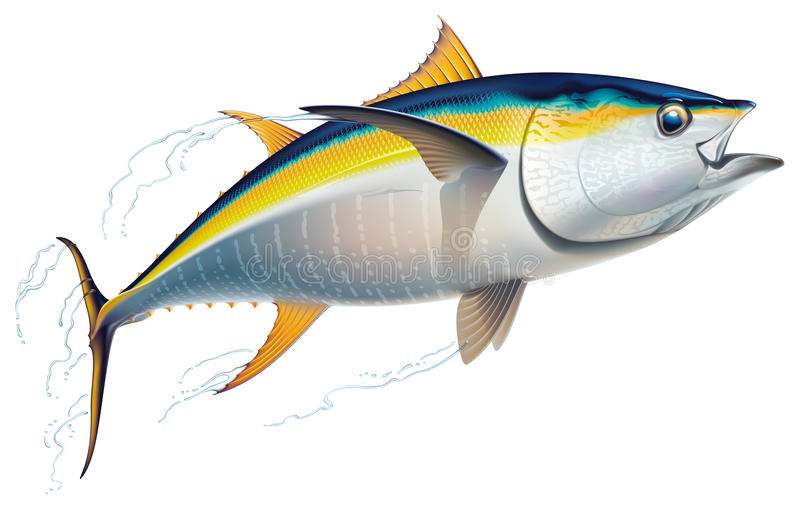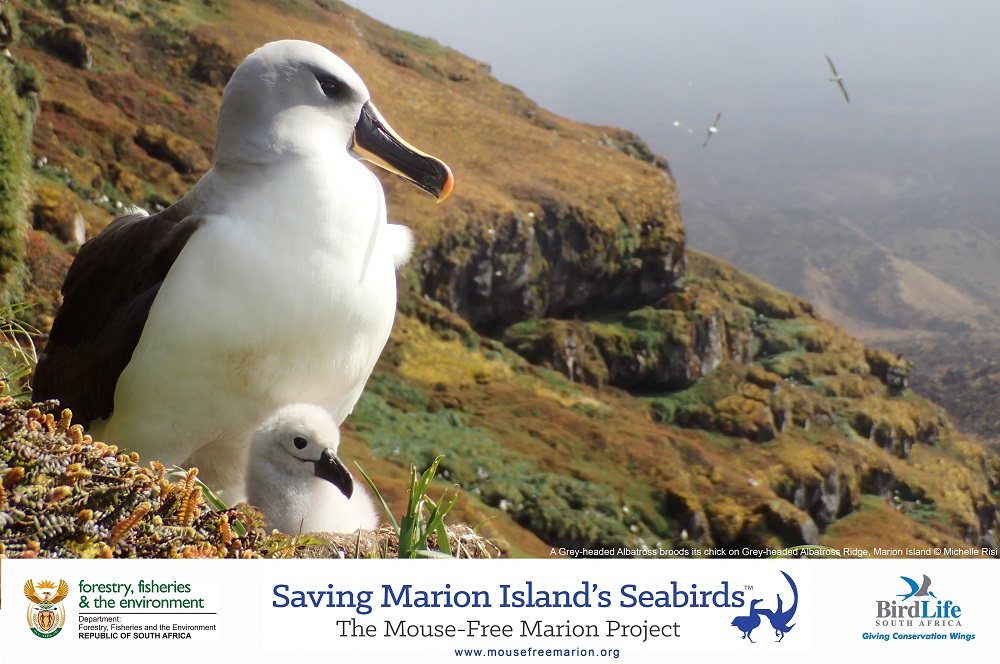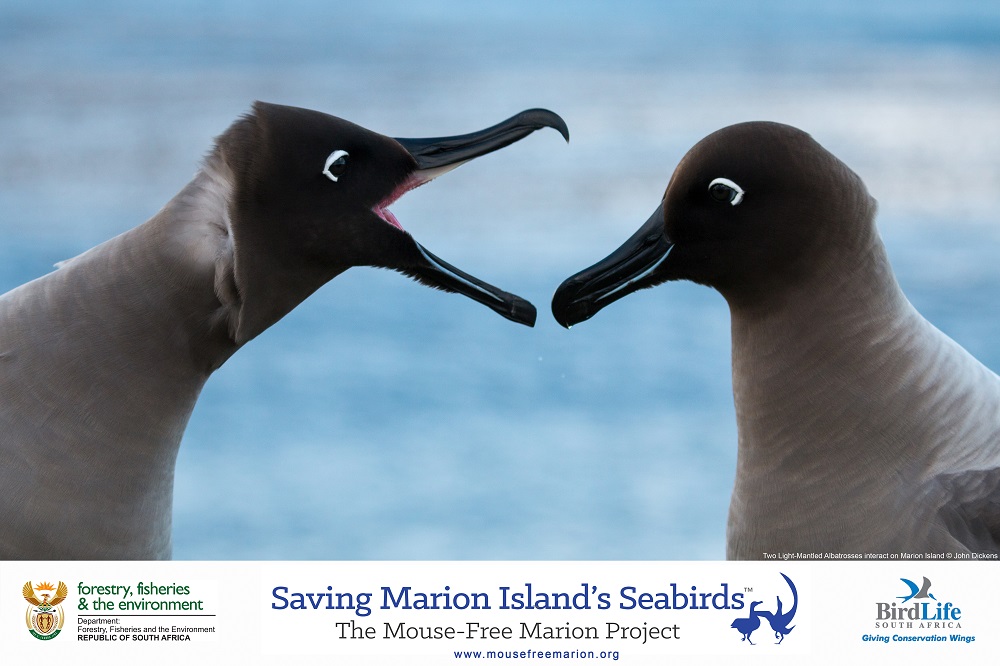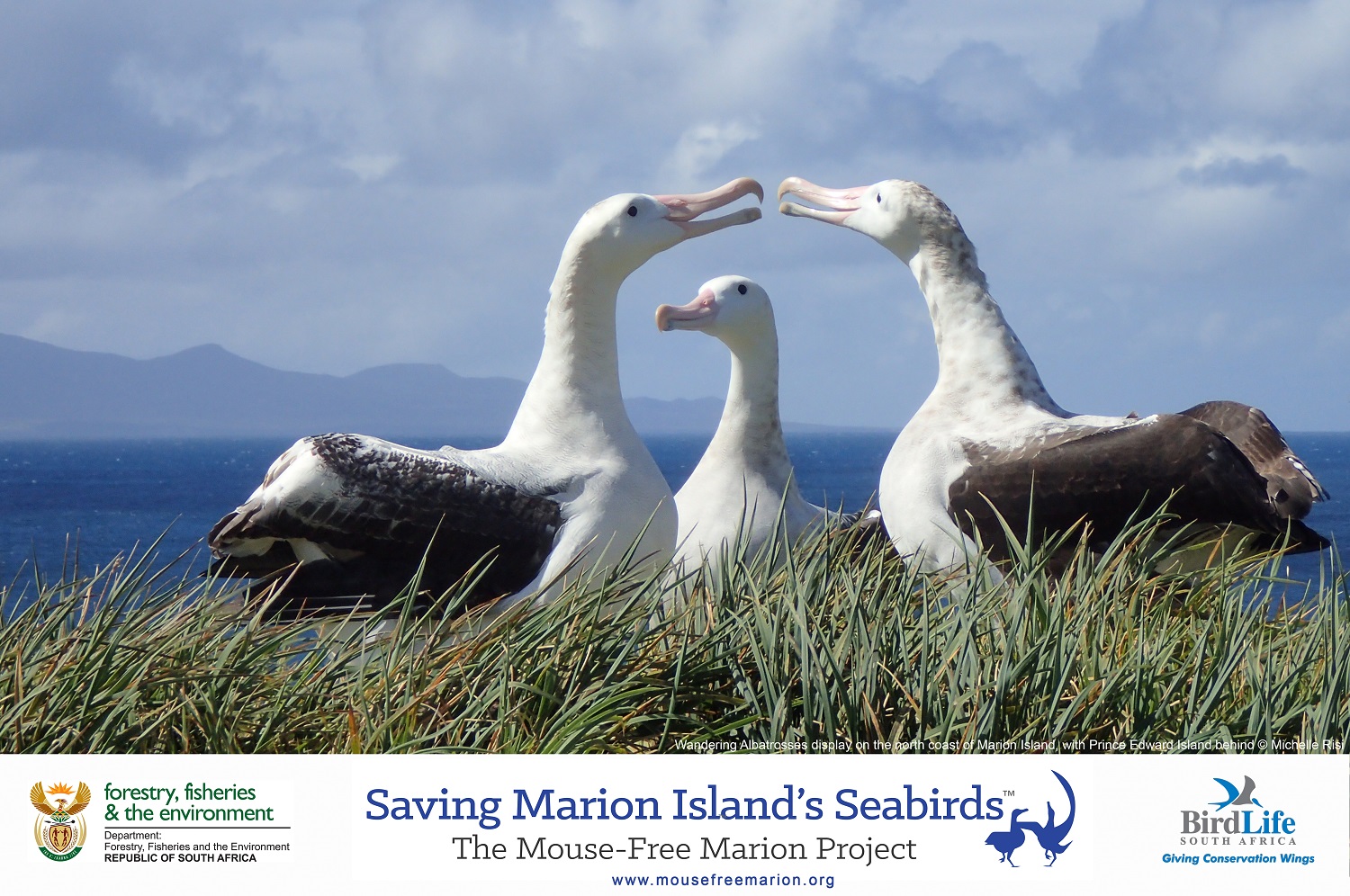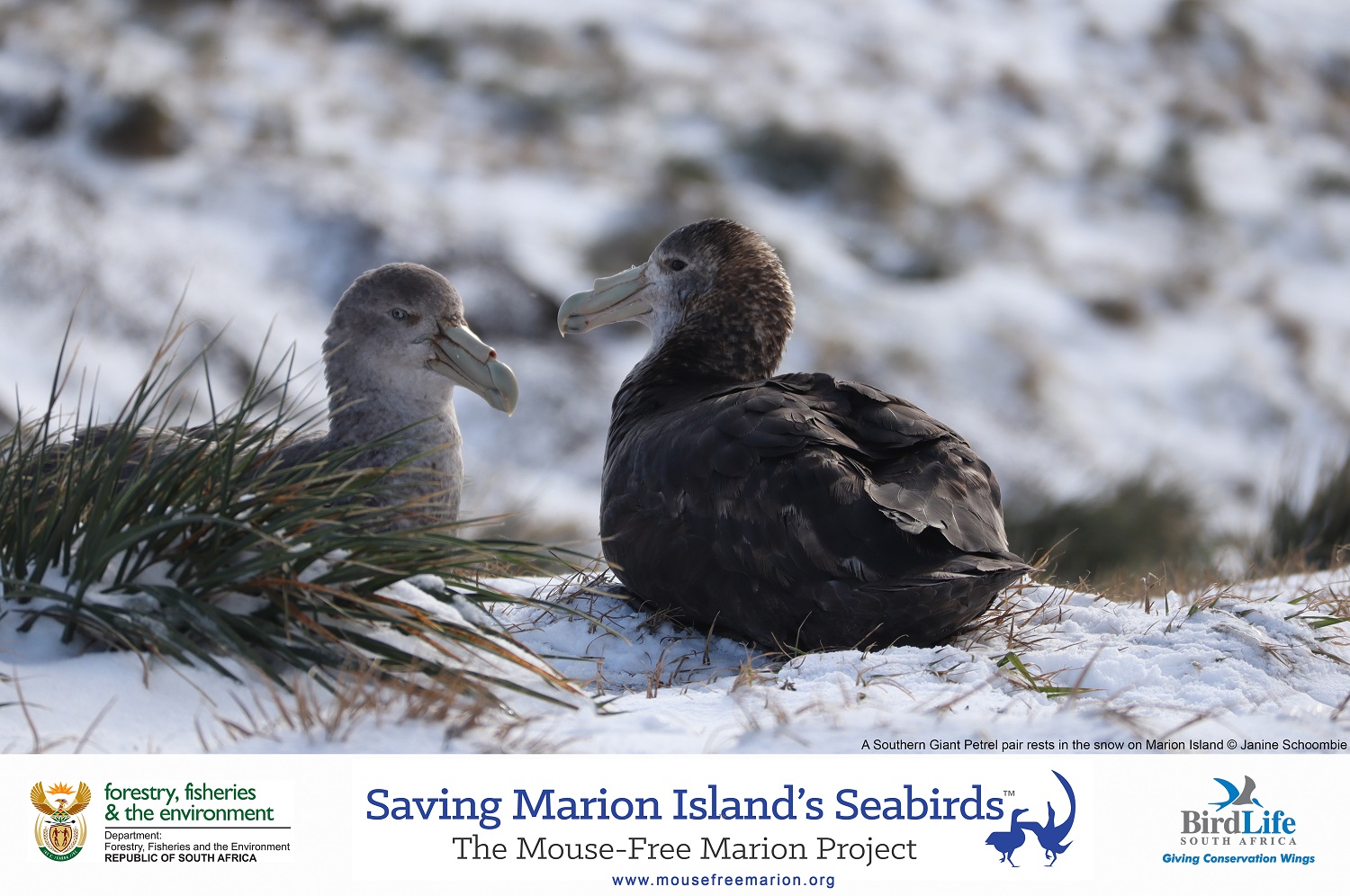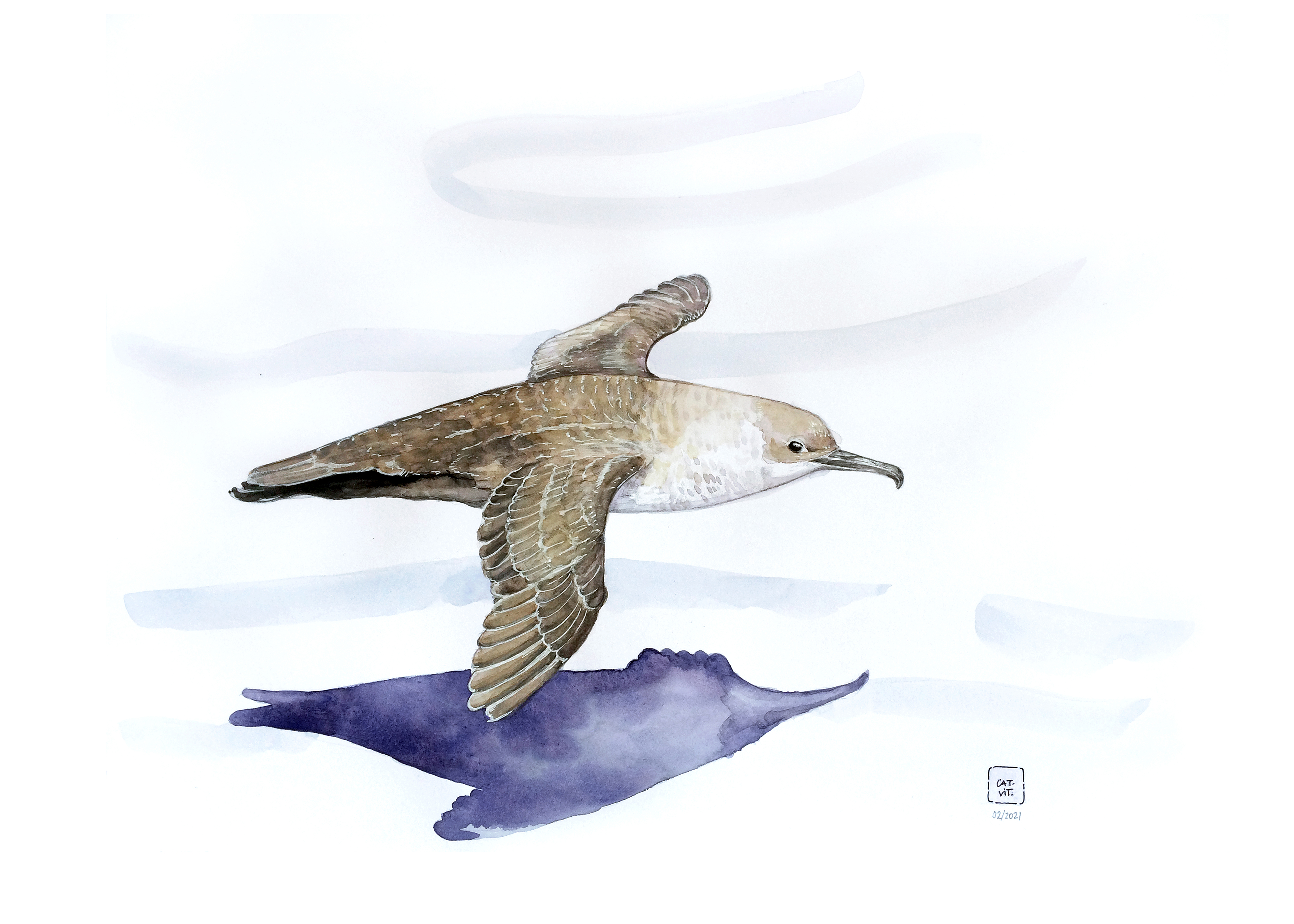
Balearic Shearwater, mixed media by Catarina Vitorino; after a photograph by Pep Arcos
Note: The illustrated Species Summaries have been written to help inform the general public, including school learners, of the biology and conservation needs of the 31 ACAP-listed species. They serve to complement the more detailed and referenced ACAP Species Assessments. To date, summaries for the 22 species of albatrosses have been produced in in all three ACAP official languages, English, French and Spanish.
Texts have also been prepared for the nine ACAP-listed petrels and shearwaters in English, but as yet have not been translated into French and Spanish. As an interim service, the illustrated English texts are being posted to ACAP Latest News, continuing here with the Balearic Shearwater Puffinus mauretanicus.
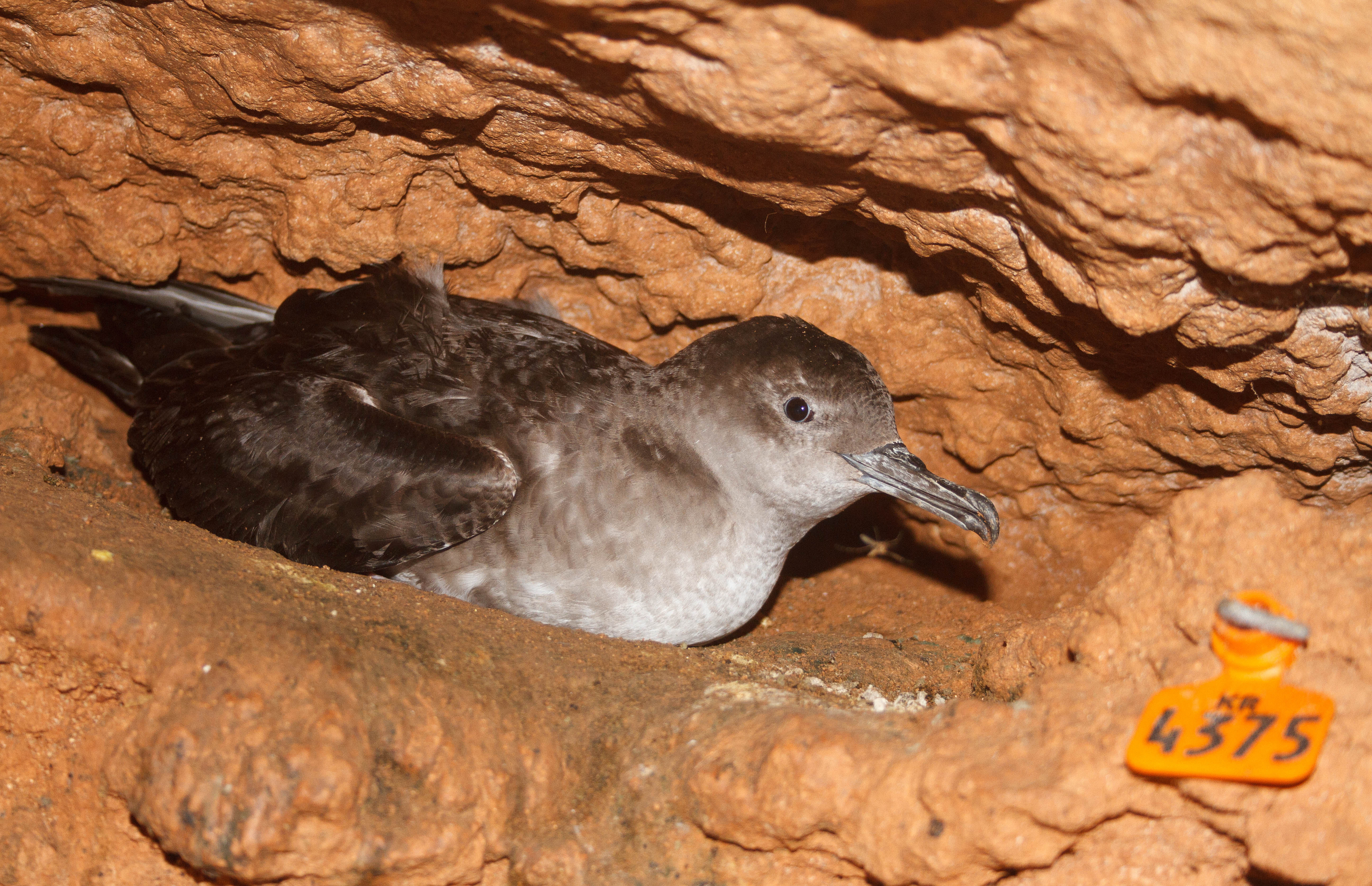
A Balearic Shearwater at its marked nest site; photograph by Pep Arcos
The Balearic Shearwater is one of two shearwaters listed within the Albatross and Petrel Agreement (ACAP); the other is the Pink-footed Shearwater of Chile. It is a small-sized shearwater with greyish-brown upper surfaces and head and variably white and brown underparts. The bill, legs and feet are mainly grey.
The Balearic Shearwater breeds only in Spain’s Balearic Islands in the western Mediterranean. Breeding colonies are known for the island groups of Cabrera, Formentera, Ibiza, Mallorca and Menorca. Menorcan birds show signs of hybridisation with the closely related Yelkouan Shearwater which breeds elsewhere in the Mediterranean. The species’ breeding population is not well known, due to difficulties in surveying its cliff-breeding habitats but recent estimates are of around 3000 pairs. However, counts of birds on passage through the Straits of Gibraltar and a global at-sea estimate suggest a total population of 25 000, implying a larger breeding population of perhaps 7000 pairs; alternatively, there could be a substantial proportion of non-breeding birds. The population trend is downward at all studied breeding sites, most recently estimated at 14% a year. Adult survival is considered low for a shearwater.
he species breeds in caves and rocky crevices in coastal cliffs and in burrows, laying a single white egg in March with chicks fledging in June and July. It is migratory, flying through the Straits of Gibraltar into the Atlantic and northwards coastally to the Bay of Biscay and marginally into the North Sea. It is regular within territorial waters of France, Portugal, Spain and the United Kingdom. Prey is predominantly small pelagic fish (such as anchovies and sardines) caught by diving, often in flocks, to as much as 30 m. Diet includes scavenging on discards from fishing vessels.
The Balearic Shearwater faces threats both on land and at sea. At some breeding sites it is at risk to predation by feral cats (on chicks and adults) and by rats (on eggs and chicks) leading to a lowered breeding success. Light pollution in urban areas can down fledglings. In the past birds were collected for human consumption. At sea, the shearwater is killed predominantly by demersal longline fisheries, considered to be the main threat facing the species, but also by pelagic longline, purse-seine, set net and trawl, fisheries, affecting breeding birds within the Mediterranean and non-breeding birds in the Atlantic, such as in the Bay of Biscay. Up to a hundred or more birds have been caught by a single fishing event.All breeding sites fall within Special |Protection Areas under Europe’s Natura 2000 network. Some breeding sites fall within national parks. Rodent eradication exercises have been successfully conducted at some localities, such as on the islands of Malgrats and Sa Dragonera. Management plans or equivalents for the species exist at regional, national and international levels but require full implementation. Marine Protected Areas (MPAs) have been declared within the species’ foraging range but do not yet have management plans. Research into bycatch mitigation needs to be followed through into fisheries practices, such as setting longlines at night when the species appears not to forage.
The Balearic Shearwater was listed within ACAP in 2015; it is also listed on Appendix I of the Convention on Migratory Species. The species has a global threat category of Critically Endangered, placing it at a high risk of extinction.
Sources:
ACAP 2013. Balearic Shearwater Shearwater Puffinus mauretanicus.
BirdLife International 2021. Species factsheet: Puffinus mauretanicus.
John Cooper, ACAP Information Officer, 12 April 2022
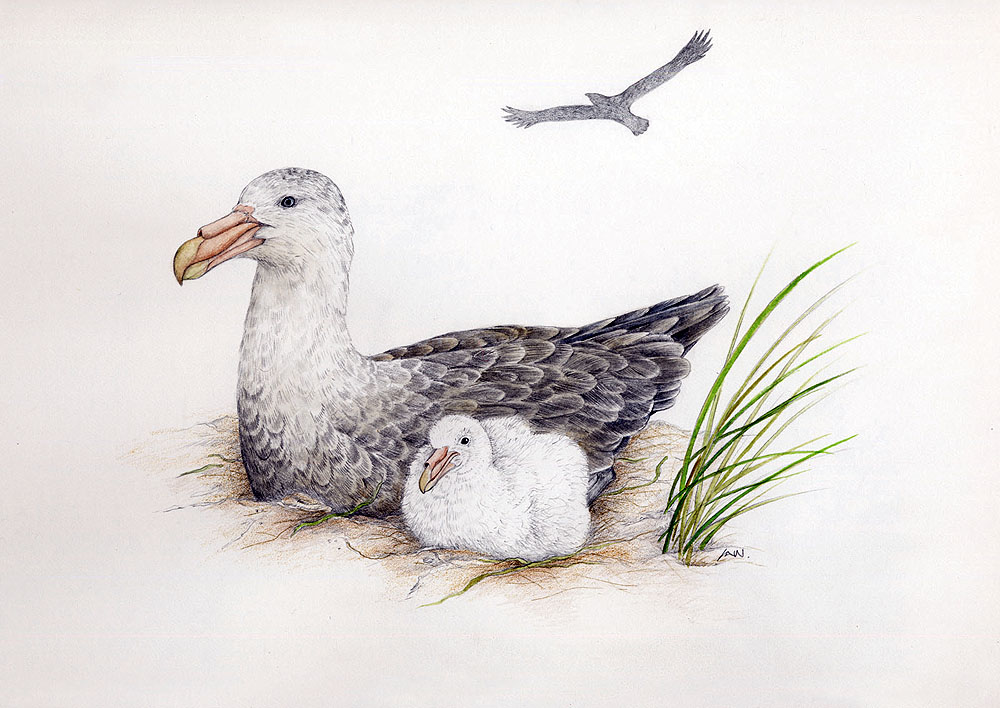

 English
English  Français
Français  Español
Español 

